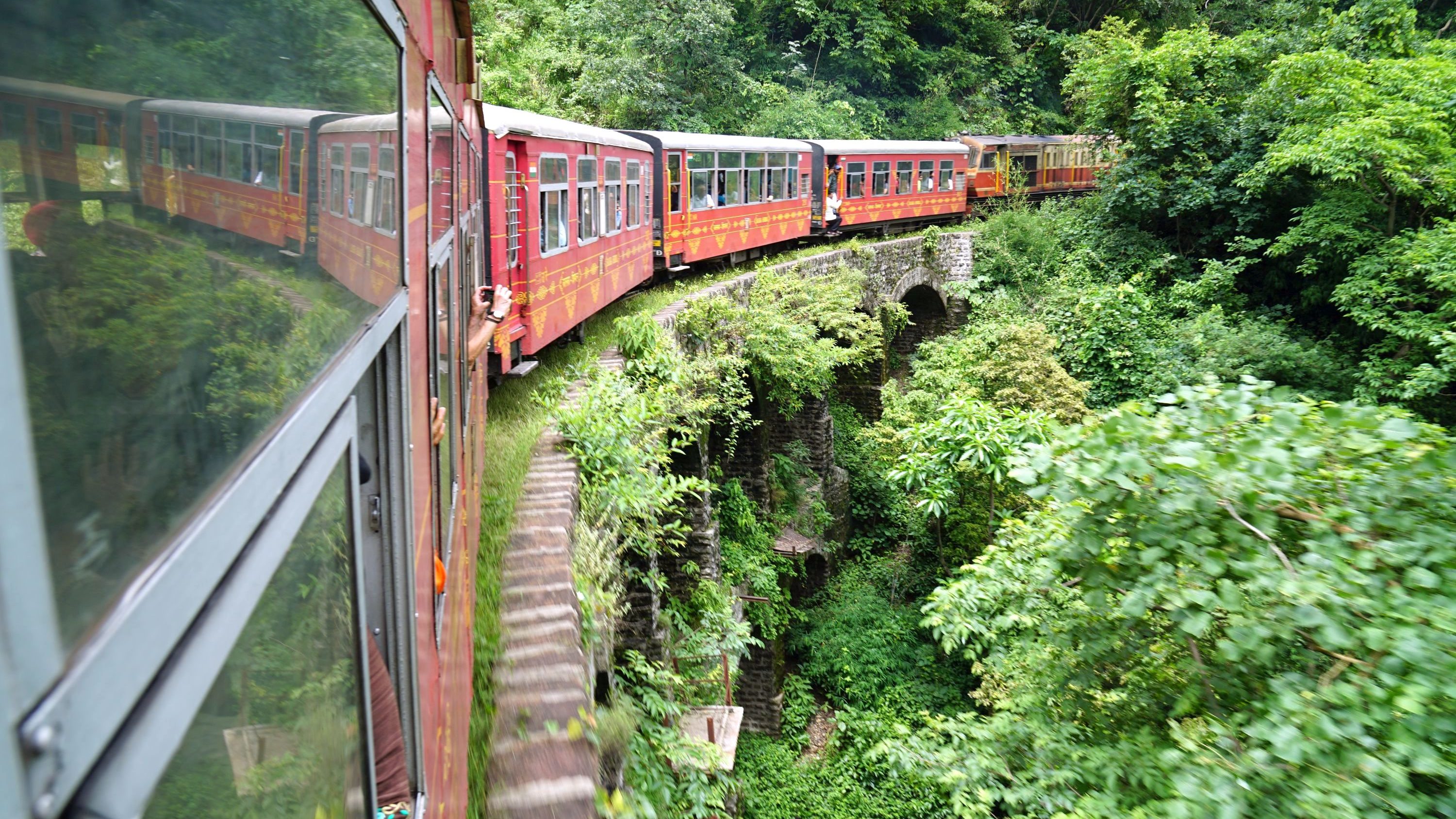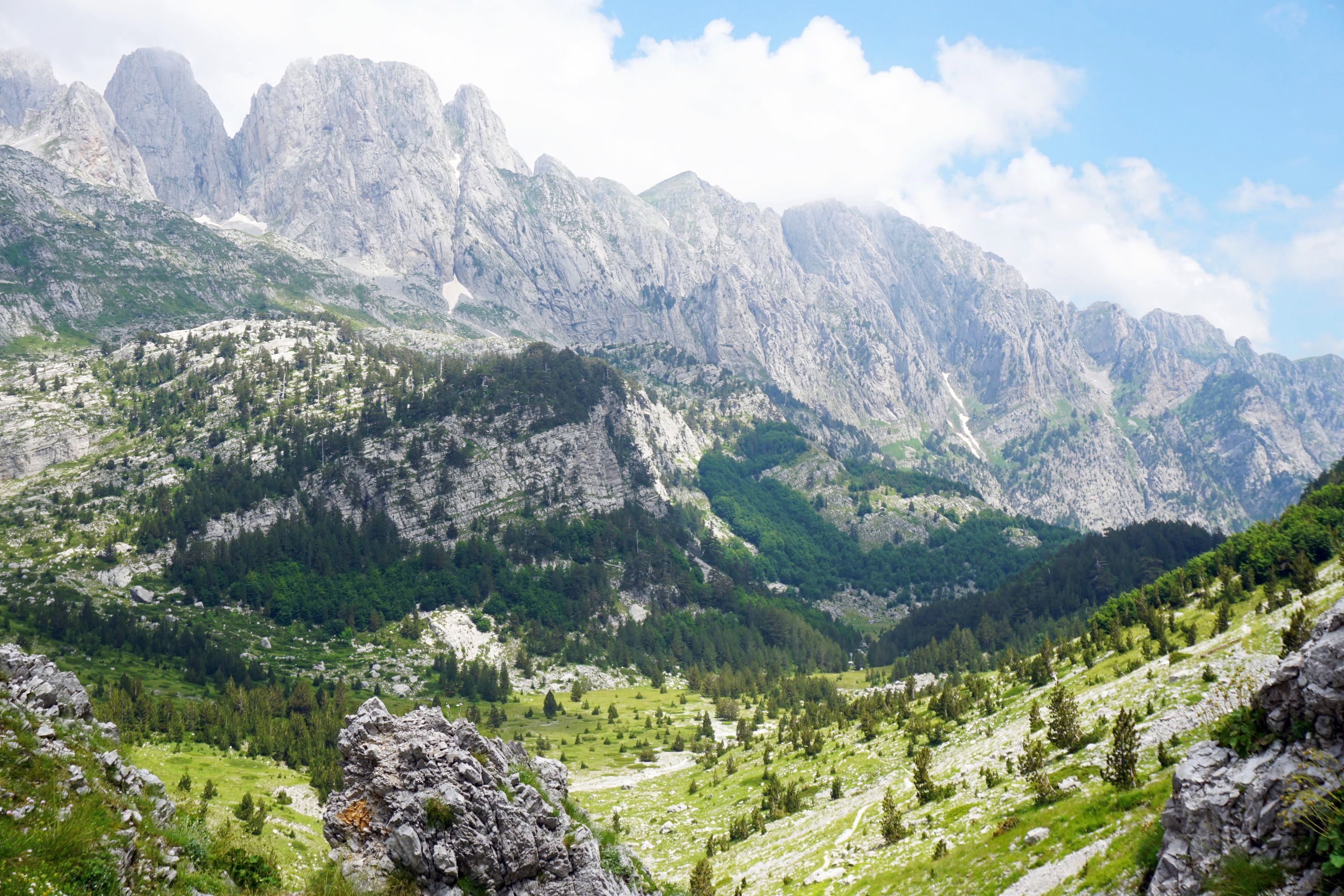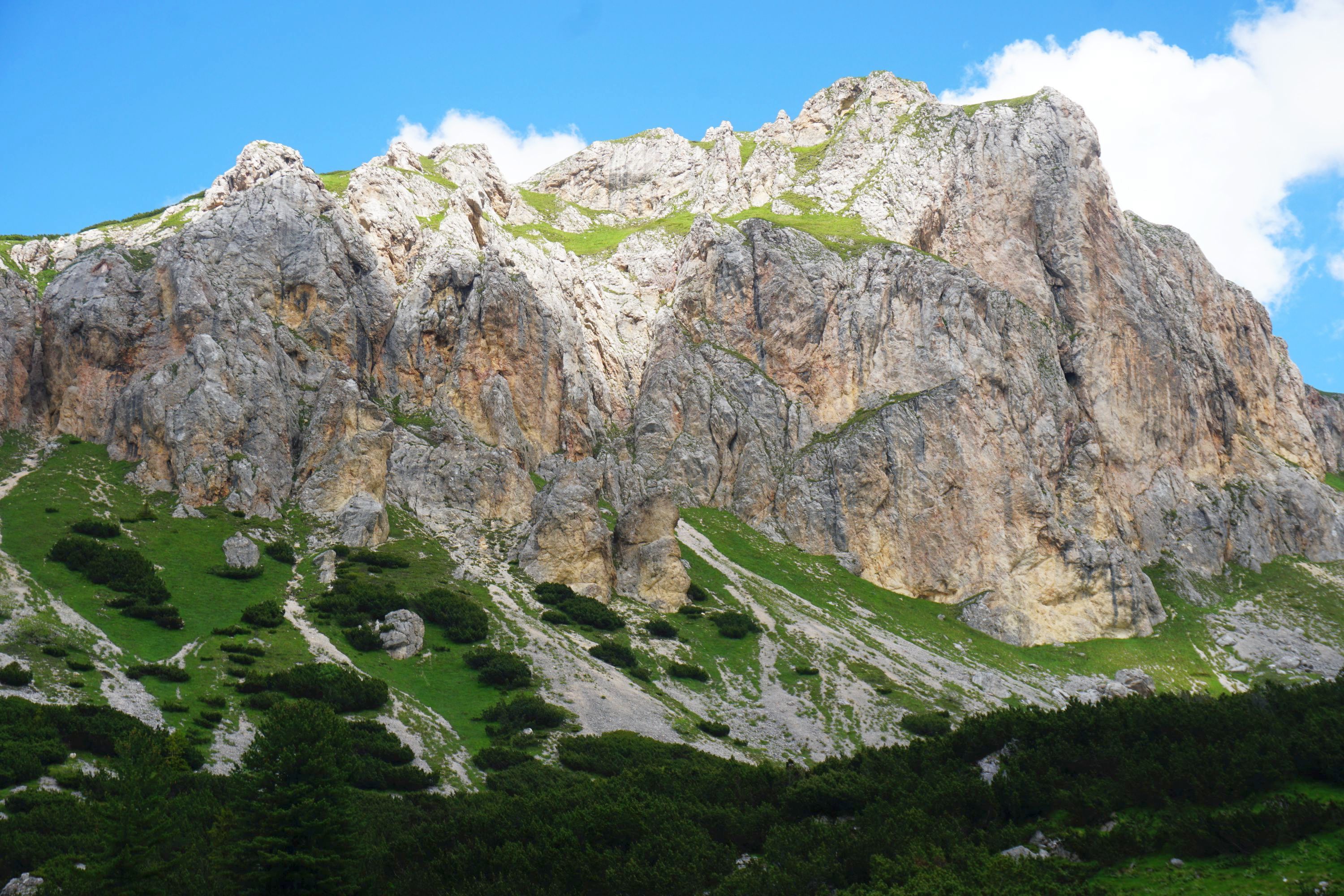The summer capital of India during British rule, used between March and October, Shimla is a classic Indian hill station in the foothills of the Himalaya. It’s filled with colonial architecture that wouldn’t be out of place in parts of the UK, somewhat surreally located 2,200m above sea level (over 800m higher than the highest mountain in the UK). I hadn’t realised that when it became the summer capital in 1864 the main capital was Calcutta, over 1,800km away, quite a journey to make even now. The slightly closer New Delhi became the capital in 1911.
The Viceroy lived in the Viceregal Lodge, which is more like a palace, a fine example of Victorian Gothic that wouldn’t look out of place in Scotland or Dunedin. Finished in 1888, two years later it was the first building in Shimla to have electricity, powered by steam engine. It hosted the Shimla Conference in 1945 to discuss the partition of India. After partition it was used by the Indian President but only for 10-15 days a year, so in 1965 it was turned into the Indian Institute of Advanced Study, an independent research center. About 30 people at here at any one time working on research projects in the humanities. No photos were allowed inside during the tour, the highlight of which was the grand entrance hallway.



Outside are Mughal style gardens, including grand Chinear trees by the lodge, which were brought from Kashmir when it was built but originate from Iran.


A few kilometres away is the centre of Shimla, which sprawls over the hillside in a seemingly ad hoc fashion with some eye catching recent architecture.





Returning to Victorian Gothic, the Gaiety Theatre, opened in 1877, was the entertainment hub for the British community during their rule. The theatre somehow seats 320, it felt a lot smaller inside. Apparently it is the only surviving theatre of the period left in Asia.



The Gaiety is on both The Mall and The Ridge, thanks to multi-levels and the steep hillside. The former is a pedestrianised shopping area, with a couple more examples of architecture from a similar period.


The Ridge above was closed to Indians during British rule but when I visited four days before Indian Independence Day (15 August) it was full of military and other services practicing their parade moves.


At the end of the Ridge is Christ Church, built 1846, the second oldest church in northern India. Inside were more selfie loving local tourists.


I visited Shimla during low season, when the weather was mostly cloudy and rainy, with 90% humidity. Peak season is May and June, those visiting in August are usually there to head onto Ladakh as I did. This meant views varied from rather hazy to whiteout.


There were plenty of monkeys around, which added to the number of street dogs, completely put me off attempting to go for a run.


I travelled to Shimla from Delhi by train. The morning was spent on a comfortable air conditioned train to Kalka, passing by endless rice fields and numerous near identical looking towns.

From Kalka I caught the Himalayan Queen to Shimla. An engineering marvel, built in 1903, it has 107 tunnels and over 864 bridges, though took six hours to travel 96km. As usual it’s difficult to take any decent photos from a moving train but these hopefully give a flavour. The best spot for photography was from the carriage doors, conveniently left wide open the whole trip. Some careful bracing was required to avoid an accidental exit!


















Leave a Reply